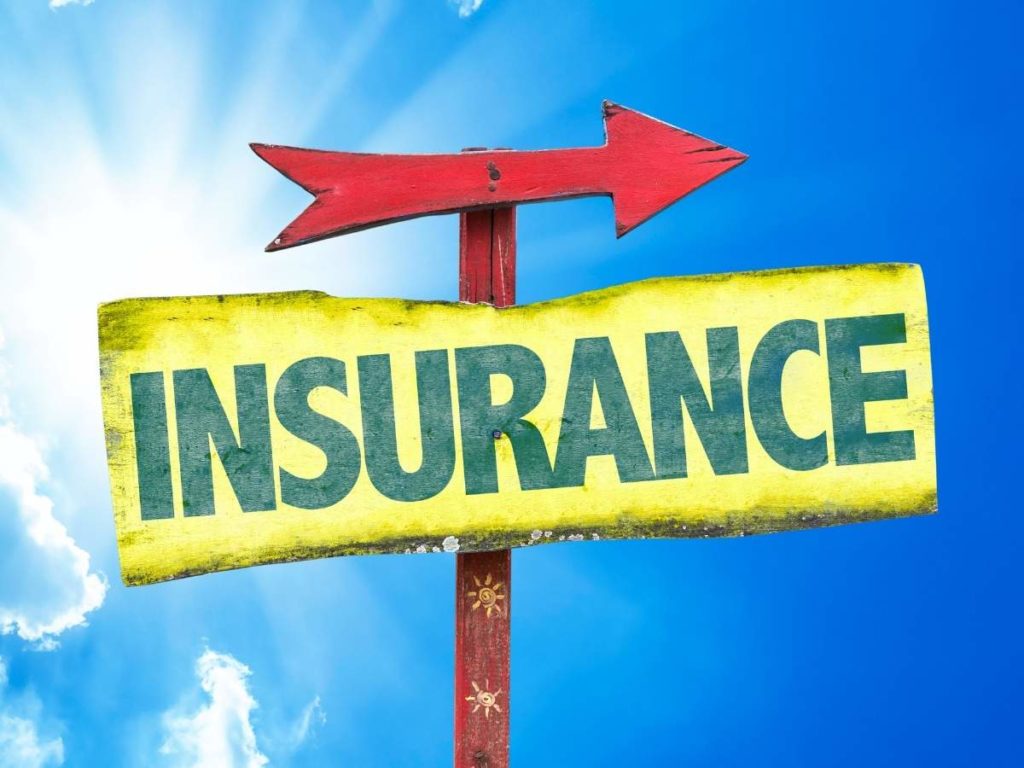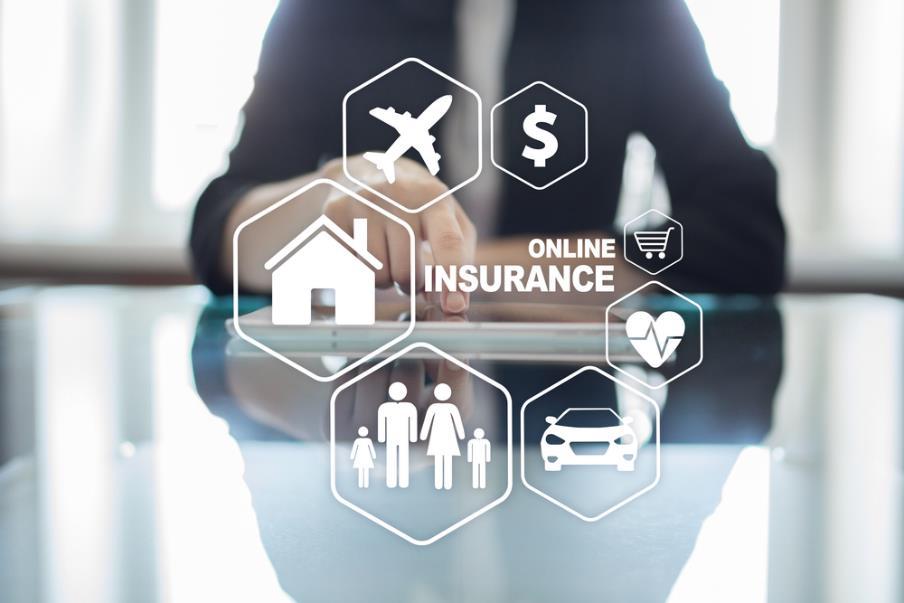Vaccines are an essential part of our healthcare system. It protects children from diseases that can cause severe illness and even death, especially if not treated in time. But despite their benefits, vaccines are expensive – often more costly than insurance coverage. Moreover, the cost of vaccines is relatively high and most likely unaffordable for people in low-income countries. In these countries, public health care systems do not provide coverage on vaccination costs.
How much do vaccinations cost without insurance?
The cost of vaccines without insurance is not just an issue for people who can’t afford it. It is also an issue for children worldwide, as many families can’t afford to pay for their children’s vaccines. The cost of vaccines varies according to the type of vaccine and the number of doses. In addition, the cost of vaccinations without insurance varies due to different factors like age, health status, and location. Insurance coverage for vaccines varies by state or country, but it’s usually limited to specifically available vaccines that the CDC or other health agencies recommend. The cost of all other vaccines is generally not covered by insurance – which can be a difficult financial barrier for families without sufficient resources. The CDC provides an annual list of brand-name and generic vaccine prices. The pharmaceutical industry updates the list every year, and there are different ways to access that information without insurance.
Insurance is expensive, but the cost of vaccinations is relatively high. A single vaccine can cost anywhere from $150 to $30,000. The cost of the lifetime worth of vaccines for a person is around $2 million. It depends on the vaccine you want to purchase. Some vaccines can cost as little as $10 without insurance, while others could be more than $1,000. The most basic vaccination is the flu shot, which costs $15 to $20 without insurance.
Price ranges of vaccines without insurance:
1) $0-$25 for flu shots at Walgreens or other local pharmacies
2) $50-$55 for HPV vaccine at Walgreens or other local pharmacies
3) $150-$165 for DTa
With all the doom and gloom surrounding vaccines, it is hard to know what they will cost in the future. Insurers and governments will likely try to control the price of vaccinations to make them more affordable for everyone. Vaccines may become accessible or cheaper over time, but it is also possible that the price will stay high and remain unaffordable for many families. However, most vaccines are not free. The government compensates for this by requiring parents to pay a small number of dollars per shot. However, this doesn’t help all families whose income falls below the median income threshold. But there is currently no vaccine that covers all vaccine-preventable diseases, so there is no way to protect against them all without purchasing more than one set of shots at a time.

How can I find places that offer free or low-cost vaccinations near me?
Without insurance, the cost can be hundreds if not thousands of dollars every year. This may seem like an insurmountable amount for many people without healthcare coverage. Luckily, there are places that offer free or low-cost vaccinations near you that may help with the financial burden. Many hospitals also provide free vaccines to people with medical conditions. You can find places that offer free or low-cost vaccinations near you using a simple Google search. In addition, many states provide vaccination clinics to provide vaccines for free or at affordable rates. Check out your state’s website for more information on how to get vaccinated near you. You can also try the website of your local health department or where you have grown up.
Can I get free or discounted vaccines through drug company patient assistance programs?
Most people believe that vaccines are a part of their health insurance. However, the cost of some vaccines is not covered by health insurance. Some vaccine companies offer discounts or free vaccines through patient assistance programs, but it varies depending on what type of insurance you have. If you are uninsured, then it’s likely that you will need to pay the total price for your vaccines. In order to get a vaccine at a discounted rate, it is necessary to submit an application for patient assistance programs from the drug companies. There are many different ways that you can help people without insurance. One way is by creating a GoFundMe page, which provides an easy way for people to contribute.

In 2019, the cost of single measles vaccination for children under 12-years-old was $57. Regarding healthcare, people may choose to either purchase health insurance or pay out of pocket for their healthcare needs. In this case, they can use a health savings account or a high-deductible health plan.
Not all vaccinations are covered by the Vaccine Injury Compensation Program (VICP), and that is why people should always check with their doctor before getting a vaccination. To keep up with the costs, some parents have opted to pay an annual fee of $150 that will cover most vaccines for their child. This fee is usually capped at around four vaccinations, giving them more time to save money for any additional ones. One way to lower the cost of vaccinations is by spreading the message that vaccines are not just for children but everybody, including older adults and people with compromised immunity. In 2018, a new law was passed that requires most children to have most vaccinations before school. With this new law in place, it has been challenging and expensive for families who had not vaccinated their children and wanted to start now and still be compliant with the new law after an already costly investment.
In the United States, the cost of vaccinations without insurance is higher than that of other developed countries. However, in developed countries, after universal health care has been implemented, the price of vaccines will be much lower than in America. That is because other developed countries do not require people to pay for their vaccines.
